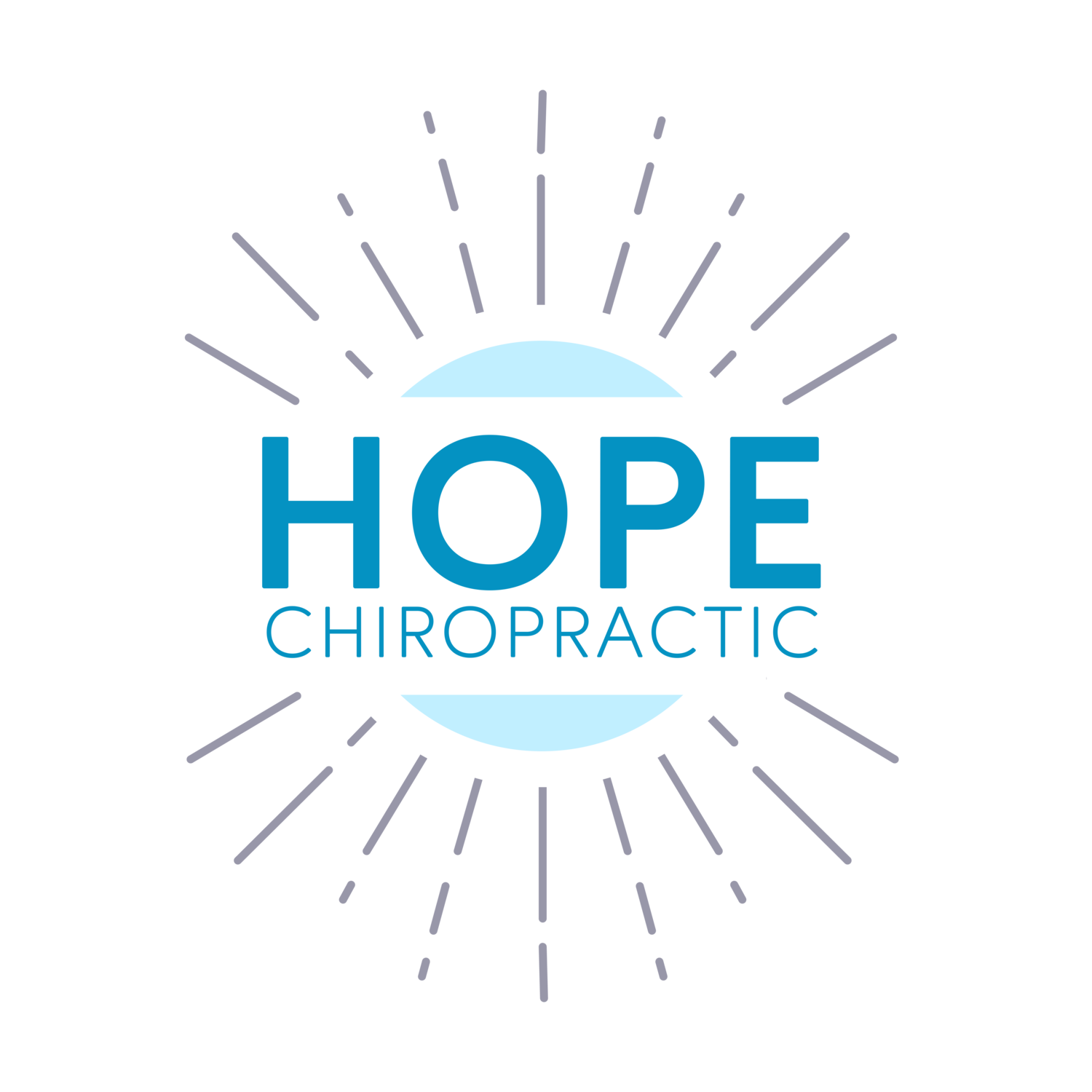Addiction and Chiropractic Care
It is estimated that 20% of the U.S. population suffers from some sort of addiction and over 80% of crime is linked to addiction or substance abuse. Furthermore, more than half of all traffic fatalities (50%), manslaughters (68%), drownings (69%), and murders (69%) are linked to an addiction of some sort, while 49% of all murders and 35% of all suicides are linked to addiction as well. These statistics do not include deaths from drug overdose or health complications from substance abuse.
How Is Addiction Treated?
The standard treatment for addiction includes counseling, rehabilitation programs, and mood-altering medications. While this can work for some, the main problem lies within the prescribing of drugs to help people stay off other drugs. Additionally, this treatment plan generally does not get to the root of the addiction, which may be more physical than once thought.
Help with Addiction
In general, the key to overcoming addiction is an individual’s commitment to their treatment program. People who complete a three-month long (or longer) treatment program have an 85% success rate when it comes to being drug-free five years later.
The most significant study on chiropractic and addiction was done by Dr. Jay Holder in Miami in 2000. It followed a group of individuals undergoing addiction rehabilitation that were separated into three separate groups: a control group who received standard addiction treatment, a group who received standard addiction treatment plus sham (or fake) chiropractic adjustments, and a group who received standard addiction treatment plus actual chiropractic adjustments. The third group who was adjusted regularly throughout their treatment period had a 100% success rate in program completion, which is practically unheard of.
How Does Chiropractic Help with Addiction?
Chiropractic focuses primarily on the spine and any misalignments of the vertebrae. When the spine is in alignment, the brain properly and effectively sends information to the body about what to do and the body responds appropriately. When a subluxation, or spinal misalignment, occurs, neurotransmitters are interrupted from arriving at their designated location and various functions in the body don’t work as intended.
Dr. Holder, in an interview with Alternative Medicine, discussed the concept of “brain reward cascade chemicals.” Essentially, these brain chemicals must take a specific route in your body and do so in a particular order. When this cascade is interrupted, a person does not experience the “reward” of the domino effect of brain chemicals, resulting in “reward deficiency syndrome.” When a person doesn’t get the feel-good chemicals at the end of the brain reward cascade, they often seek alternative forms of pleasure, such as mood-altering substances or activities.
A subluxation creates interference not only in your nerves and spinal cord, but in the transmission of these brain chemicals, or neurotransmitters. So when these subluxations are removed with chiropractic adjustments, the body’s full function is restored.
Relief from Addiction
While experts know that there is no “cure” for addiction, the goal for addiction treatment and relief is to secure ongoing recovery. Chiropractic not only improves body function and allows individuals to feel relief and happiness again, but it also gives them a sense of hope and peace by decreasing anxiety, clearing clouded minds, and bringing about a new sense of self.
If you are ready to seek help with your addictions, visit our office or contact us at Hope Chiropractic and we will be happy to assist you!
Sources
“Beating Addiction: From Bondage to Freedom.” Alternative Medicine, May 1999: 38-40.
Holder, J.M., Duncan, R.C., Gissen, M., Miller, M., Blum, K. “Increasing Retention Rates Among the Chemically Dependent in Residential Treatment: Auriculotherapy and Subluxation-Based Chiropractic Care.” Molecular Psychiatry, Feb 2001; 6(1).

